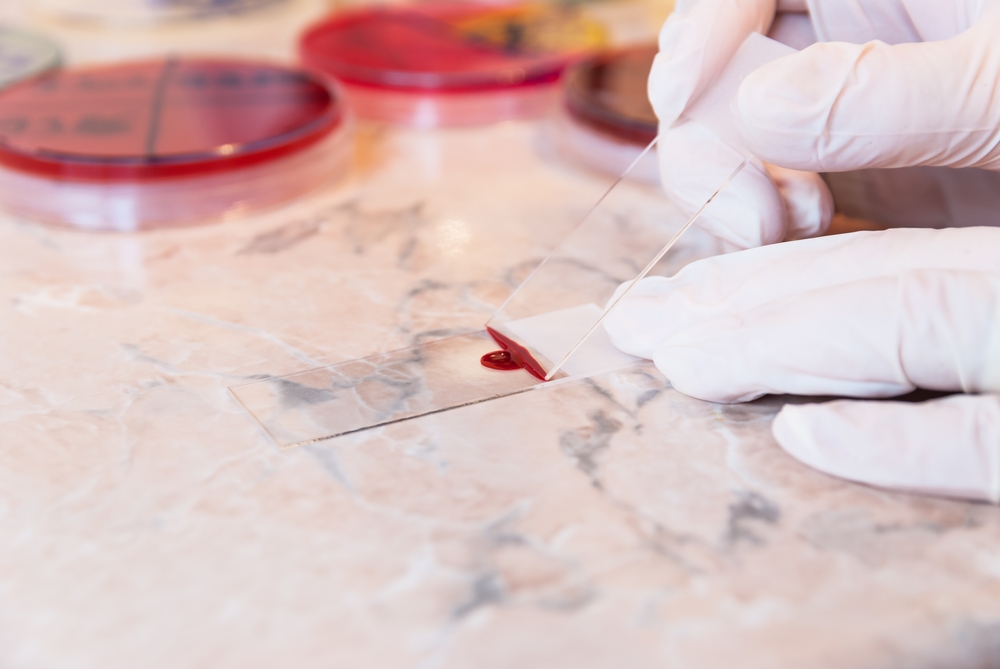Hemoglobinopathies is a term for blood disorders that affect the number and shape of the red blood cells. These includes thalassemia and sickle cell anemia. Hemoglobinopathies is a type of defect that results from abnormal structures of the hemoglobin molecule. Hemoglobin is created by genes that control the appearance of the hemoglobin and anemia.
Every cell of the human body needs enough oxygen. Blood is the one that brings oxygen from our lungs to different parts of the body. The red blood cell is donut-shaped and round; it carries oxygen in the blood.
People with hemoglobinopathies doesn’t have enough red blood cells. When the body makes red blood cells that are sickle-shaped rather than round and donut- shaped, those sickle shaped cells do not last long as the normal red blood cells. This is the cause of hemoglobinopathies. Hemoglobin is a protein in the red blood cells that contains iron which is used to transport oxygen in the body. Red blood cells get their color from hemoglobin.
Structural defects in the hemoglobin molecule is brought about by the modification in the hemoglobin subunit chain alpha or beta due to mutation, which further changes the function of the hemoglobin molecule. The change in a single amino acid changes the behavior of the hemoglobin and this brings about disease.


